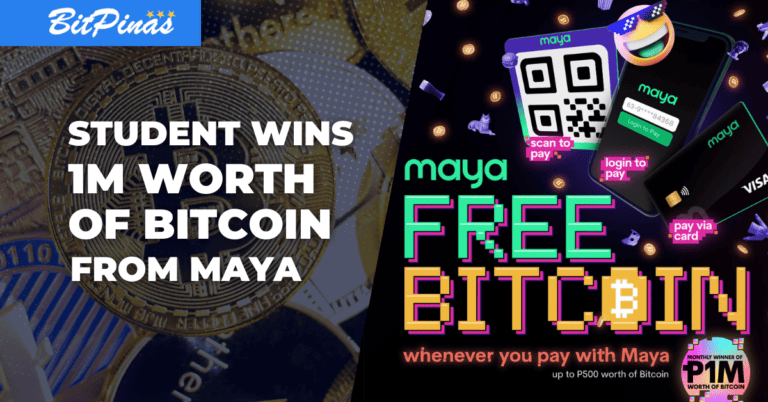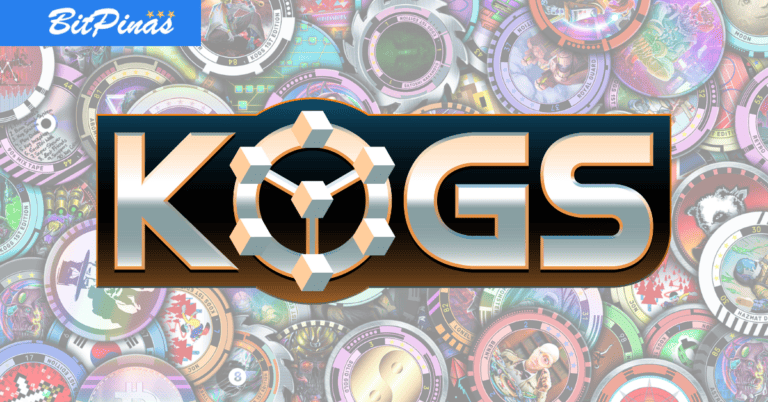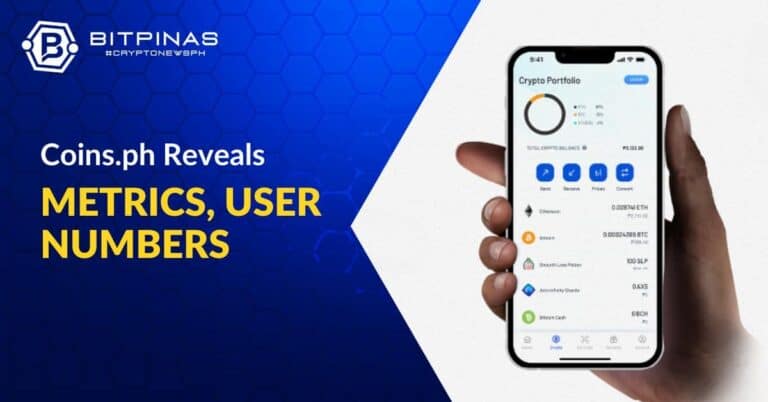What is EMI? List of Electronic Money Issuers (EMIs) | Companies with EMI license in the Philippines
What is E-Money? What are its Features? Who are the EMI Licensees in the Philippines? Check out this article to learn more.

List is updated on September 20, 2022.
It has become increasingly common for us Filipinos to pay bills, buy mobile load, and pay credit card dues via mobile apps. The proliferation of mobile wallet apps made paying online easy, even if we do not have a bank account.
In today’s article, we will discuss electronic money (e-money) as defined by the Bangko Sentral ng Pilipinas (BSP).
(Note: For those who wish to share the article, please only copy portions of it and do not forget to link back to this article’s URL .)
A mobile wallet app is an application that allows a user to store money on it. While it is almost no different from a savings account in the simplest sense, the mobile wallet allows you to use the money you put there to do a variety of things with that “electronic money”.
What is e-Money?
Electronic money is money whose monetary value is digitally stored in an electronic account. It can be accessed remotely via a device like mobile phones or prepaid cards.
Features of e-money:
- The stored value can be transferred to other wallets or even deposit* accounts.
- It can be converted to and from physical cash via authorized agents like accredited retail stores. (Example: You can add money to your Coins.ph through 7-eleven.)
- It can be accepted as payment for goods or services by participating merchants.
What electronic money is not:
The electronic money in an e-money account (like the Pesos inside your Coins.ph) is not classified as a “deposit” because that is not a “deposit account”. Therefore, that money cannot earn interest and is not covered by deposit insurance. This is the e-wallet app’s main diference from a deposit account at a bank.
What is Electronic Money Issuer (EMI) License?
This license allows an operator of an application (like a mobile app), to convert cash in fiat to electronic peso. For example, if you cash in Php 1,000 to Coins.ph, you will see an “electronic” version of that Php 1,000 on the Coins.ph app. Furthermore, you can use that e-money to pay for bills, buy load, buy beep card load, etc within the Coins.ph app. That is possible because Coins.ph has an EMI License.
Now there are instances when an app doesn’t have an EMI license but can still do the things mentioned above. But from reports on local papers, it seems (this is just the writer’s inference) it’s only when the EMI licenses of such apps are pending. For example, the Coins.ph app allows online payments already before they received the EMI license. Grab has a functioning “Grab Wallet” before they received their license. Bottomline both apps now have the EMI license so it is possible that they offered e-money features on their app because their applications are pending.
The E-Money Ecosystem:
As of August 27, 2019, there are 30 banks and 14 non-banks with EMI licenses. The BSP’s Financial Inclusion Dashboard shows 33 million e-money accounts as of December 2018. This number can be divided into the following:
- 5 million active e-money wallet accounts
- 28 million prepaid cards linked to e-money accounts.
This number is definitely bigger than credit card adoption which, although increasing, stands at 9.4 million as of December 2018.
List of E-Money Issuers in the Philippines:
These are the companies with EMI license in the Philippines. Data as of September 30, 2020:
EMI Banks
- Asia United Bank Corporation
- AllBank
- Bank of Commerce
- BDO Unibank Inc.
- Bank of the Philippine Islands
- Binangonan Rural Bank
- Cantilan Bank
- Cebuana Lhuillier Rural Bank, Inc.
- China Banking Corporation
- CTBC Bank (Philippines) Corporation
- Development Bank of the Philippines
- Dungganon Bank (A Microfinance Rural Bank), Inc.
- East West Banking Corporation
- Equicom Savings Bank, Inc.
- First Consolidated Bank, Inc (A Private Development Bank)
- Land Bank of the Philippines
- Maybank Philippines, Incorporated
- Metropolitan Bank & Trust Company
- Pacific Ace Savings Bank, Inc.
- Philippine Bank of Communications
- Philippine National Bank
- Philippine Savings Bank
- Rizal Commercial Banking Corporation
- Robinsons Bank Corp
- Rural Bank of Guinobatan
- Security Bank Corporation
- Sterling Bank of Asia, Inc (A Savings Bank)
- United Coconut Planters Bank
- UnionBank of the Philippines
EMI-NBFI (Non-Bank Financial Institutions)
- Alipay Philippines, Inc
- AllEasy Incorporated
- Banana FIntech Services Corporation
- Cebuana Lhuillier Services Corporation
- CIS Bayad Center
- DCPay Philippines, Inc (Coins.ph)
- Easypay Global EMI Corp
- Ecashpay Asia, Inc.
- eMandarin Ventures
- Gpay Network PH, Inc (GrabPay)
- G-Xchange, Inc (Gcash)
- Inception Technology Philippines Corporation
- Infoserve, Inc.
- I-Pay Commerce Ventures Incorporated
- i-Remit, Inc.
- Lulu-Phils. Int’l Exchange Inc. (Lulu Money)
- MarcoPay Inc.
- OmniPay, Inc.
- Paymaya Philippines, Inc.
- Paymongo Payments
- Paynamics Technologies, Inc.
- PAYSO Inc
- Philibit Money Changer and Remittance Services
- PDAX
- PPS-PEPP Financial Services Corporation
- Razer Pay Digital
- ShopeePay Philippines
- SpeedyPay, Inc.
- SquidPay Technology
- Starpay Corporation
- TagCash Ltd. Inc.
- TayoCash Incorporated
- Togetech, Inc.
- Toktokwallet Inc.
- TopJuan Tech Corporation
- Traxion Pay
- TrueMoney Philippines Inc.
- U-PAY Digital Technologies, Inc.
- USSC Money Servinces, Inc.
- WIBS PHP Inc.
- Wirecard e-Money Philippines, Inc
- Zybi Tech, Inc. (JuanCash, JuanExchange)
This article is published on BitPinas: What is EMI? List of Electronic Money Issuers (EMIs) | Companies with EMI license in the Philippines





![[Interview] DAOCre-8 x XOVOX Labs: Updates and Future Plans 7 [Interview] DAOCre-8 x XOVOX Labs: Updates and Future Plans](https://bitpinas.com/wp-content/uploads/2023/12/Interview-DAOCre-8-x-XOVOX-Labs-Updates-and-Future-Plans-768x402.jpg)
Mike, do you have an article on OPS? Operator of Payment Systems as compared to Virtual Currency, EMI, MSB?
Hi not yet, will check it out.
Mike, do you have an article on OPS? Operator of Payment Systems as compared to Virtual Currency, EMI, MSB?
Hi not yet, will check it out.